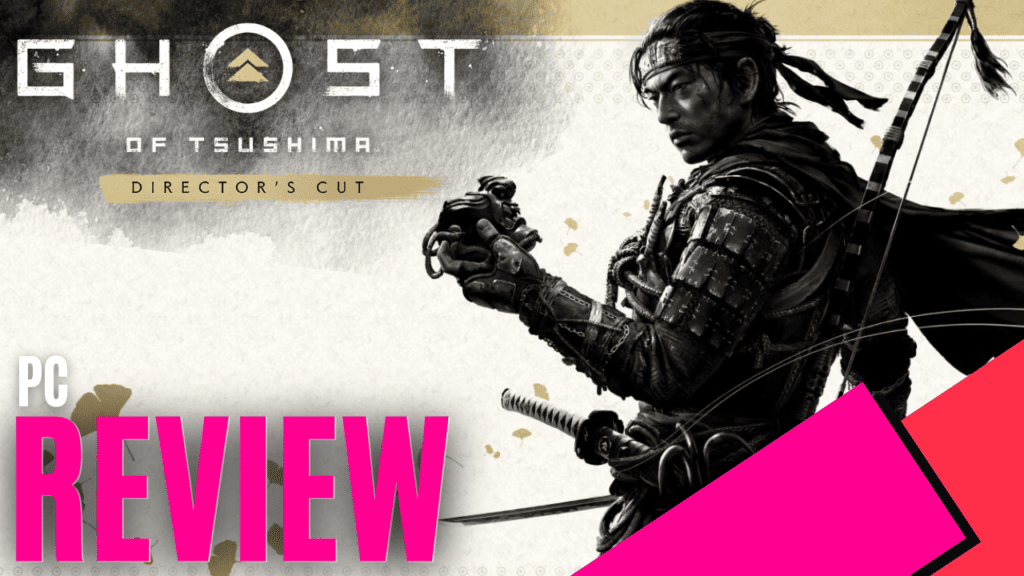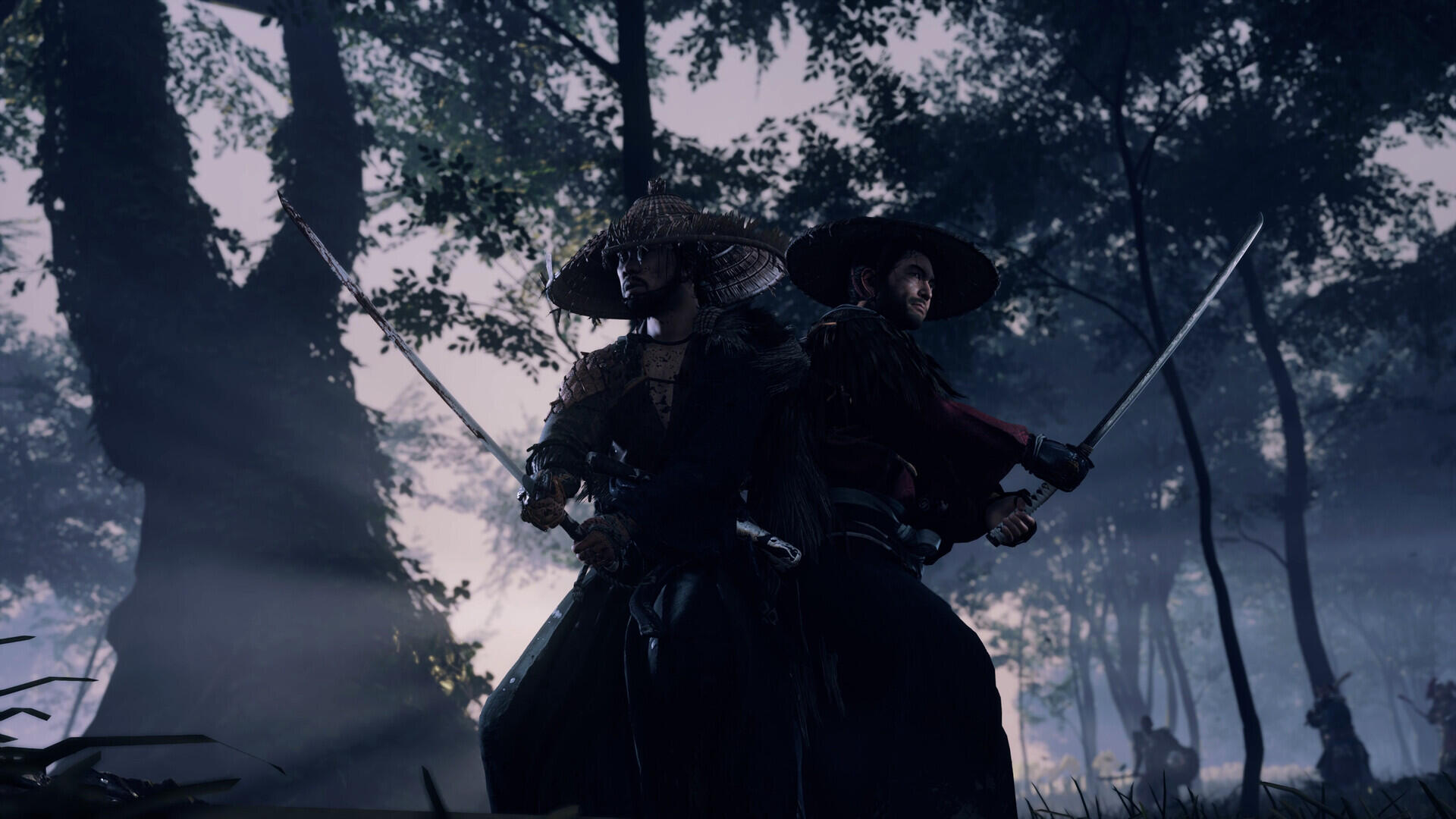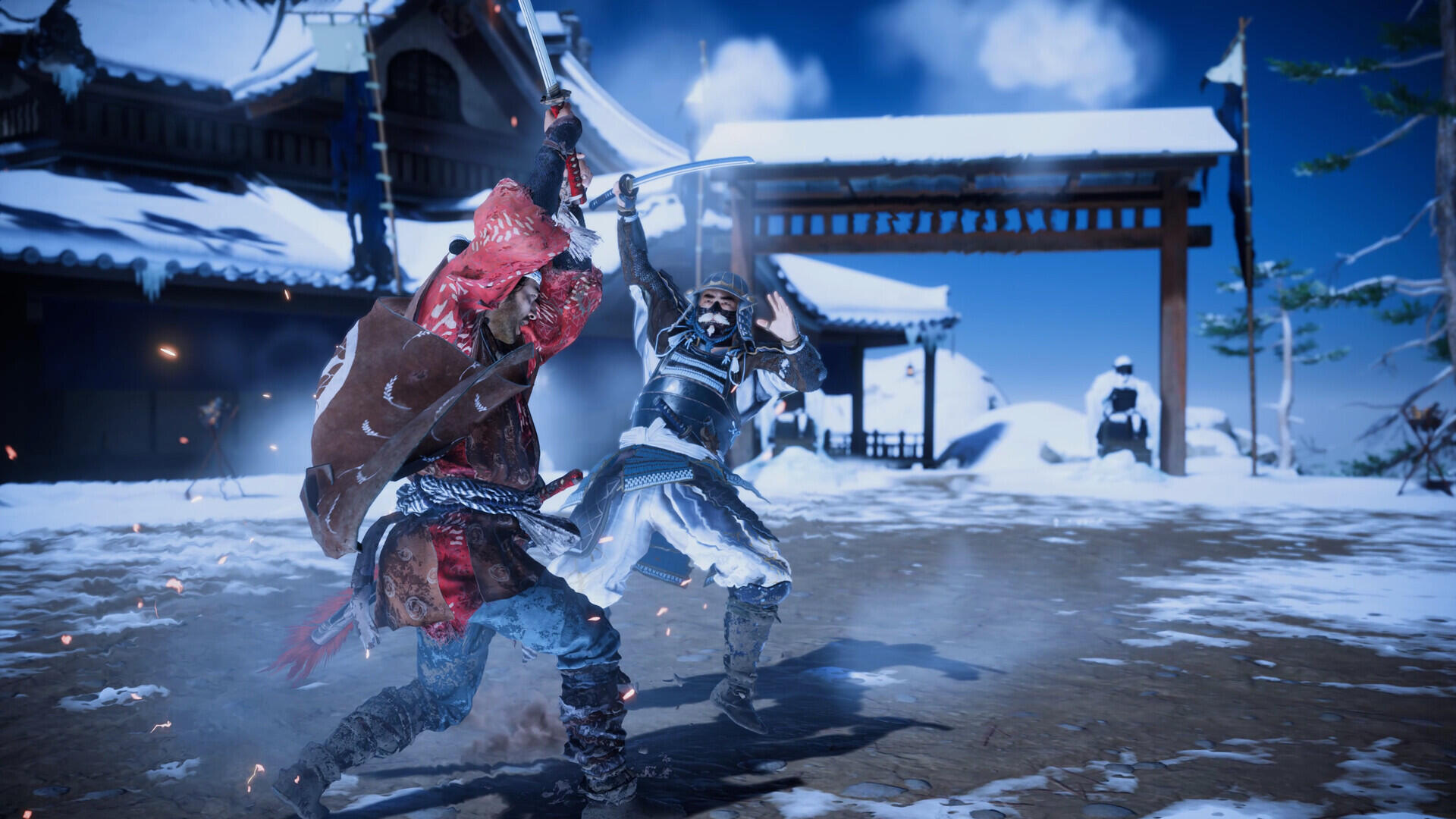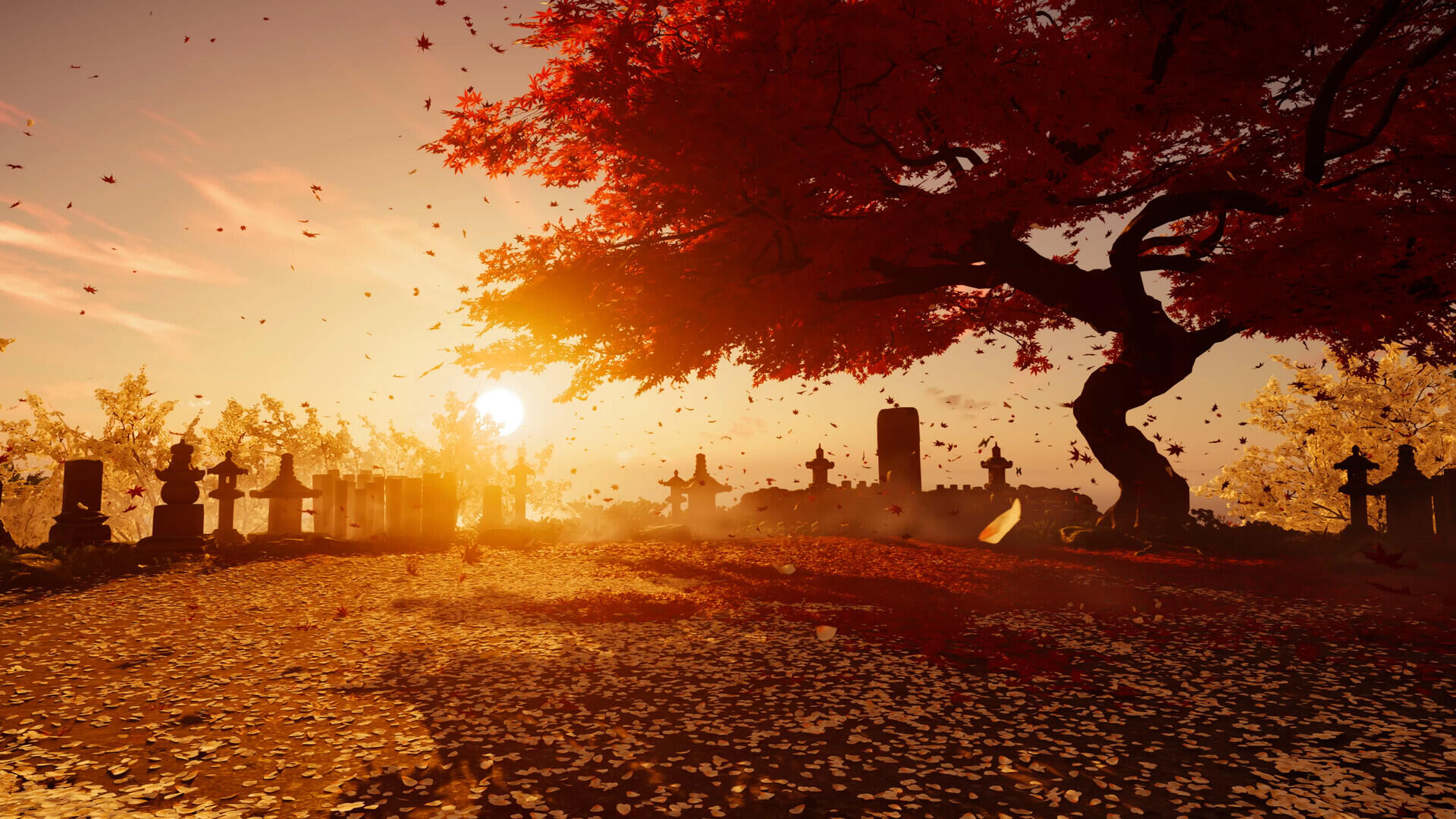
It’s hard to believe that the incredible, technical marvel Ghost of Tsushima was released in 2020. Even more impressive is that the Sony PlayStation exclusive, on PlayStation 4 and 5, has finally arrived on Steam. The PC port of Sucker Punch Productions, Ghost of Tsushima: Director’s Cut, brings the ultimate trek through the history of the Japanese Island. Ghost of Tsushima Director’s Edition provides more content, better performance, and a glorious adventure to more gamers than ever before. The PC port is brought to us by Nixxes Software, pros in their craft of bringing PlayStation hits like God of War and Horizon Zero Dawn; this port is up there with the absolute best.
Ghost of Tsushima is an action-adventure game that follows samurai, the “Ghost”, Jin Sakai, on his quest to save Tsushima from Mongol invaders. It’s praised for accurately and respectfully depicting a moment in Japanese history, to the point the island’s residents commended it. Bringing the Director’s Cut to PC in 2024 is the perfect time to return, with a decent time from the PlayStation release; for a seasoned Ghost like myself, it felt like I was experiencing the wonder of my original encounter with Ghost of Tsushima all over again with a few notable additions and graphical upgrades for PC.
Ghost of Tsushima: The Director’s Cut includes everything the game offers, including additional cosmetics, a few outfits for Jin, extra charms, and further skin for his faithful steed. The immensely addictive Legends co-operative multiplayer mode returns and the Iki Island expansion is a new region with new questlines, friends, and foes. There are parts I never explored on release, and it felt like experiencing the game for the first time.

Ghost of Tsushima on PC supports Ultra-wide and looks phenomenal at 1080p max settings. I didn’t think the game could get more stunning. Still, from almost the island, the foliage, its inhabitants, and every last particle effect were massively detailed with High-Fidelity textures. With dynamic weather and day-to-cycle, just getting through the range of coastal regions, visiting the Golden Temple, or hanging out by a farmstead, every inch feels covered with a thought-making exploration. The simple act of collecting looks like an art form in how well they’ve put all the pieces together; who knew a game already so stunning could still get more beautiful a few years later? Graphics would only be as impressive with performance, but performance is just as well-executed.
The PC port has a vast range of customisable graphical and performance settings. On my mid-high tier system with a GeForce RTX 4080GPU, AMD 3600x and 16 GB RAM with unlocked frame rates on the highest settings, I usually clocked around 200-250 FPS, often with little spurts of even higher, with no noticeable drops. I had no notable bugs and no crashes. Upscaling performance can be improved even further with DLSS (Nvidia)/ AMD FSR 3.0 (AMD) options. For players with older systems, there may be performance issues on max graphical settings. However, with plenty of customisable graphics and performance settings, most modern PCs should be able to run Ghost of Tsushima quite well; system requirements are forgiving. The sheer amount of customisable graphics and performance settings set a new benchmark for PC PlayStation ports.
Ghost of Tsushima is a combat-heavy game, and with the massive variety of combos, stances, combat, and stealth animations that can be pulled off, there’s a lot of input to hone your skills. While movement remains increasingly fluid, adjusting to the default mouse and keyboard controls was hard to adapt, given that some default bindings were oddly assigned and hard to memorise. I found myself accidentally breaking stealth on a few occasions while adjusting to PC controls when I was trying to ghost around Mongol camps.

Nixxes Software has graciously accounted for remapping for those who are picky with our settings. As usual, PlayStation 5 DualSense is supported in all its glory, with adaptive triggers for ultra-satisfying slicing and dicing, and it still can sweep a finger across the touchpad to prompt a gust of guiding wind. I still opted to play on DualSense for that reason.
Exploration remains a loving homage to Japanese culture and brings the real experiences of Tsushima to light. The main quest lines and side quests build up the world to where I feel personally invested in being the saviour of its people. The variety of activities, including the suspense is still unmatched, from stealing through Mongol camps, to calming activities such as following pettable foxes to shrines, and composing haikus by waterfalls.
Storylines and sidequests can still drag out and be a massive time investment. Still, because of how those stories are told and the poignant conversations about life, love, and loss they spark, the time being side-tracked through unskippable conversations was at least filled with exciting subject matter.
The English and Japanese voice talents are near-perfect and help forge investing relationships with the characters, especially Lady Masako and Sensei Ishikawa’s Tales of Tsushima questlines. I preferred playing in Japanese for the most authentic experience, and of course, occasionally, you’ll hear the Mongols speaking in Mongolian as they go by as well. Further enhancing the experience are the sounds of battle, the low-key sounds while stealth, and even the sound cues while exploring the open world, which serve a purpose as they direct to collectables and events.

The soundtrack is rooted in traditional Japanese instrumentation, including taiko drums and shakuhachi flute, like the one Jin carries with him. From serene compositions during exploration, emotional pieces and more intense battle music, which in some encounters has Mongolian influence when fighting the big bad. The Tsushima experience is only complete with a captivating score and audio design. It’s perfect on speakers and even better on headphones to make you feel like you’re in Tsushima.
As a side note: A Sony Playstation Network account is required for multiplayer; thankfully, players don’t need a PS+ Membership to play the multiplayer or story content. If you’re happy to stick to story content only, you won’t need an account, though you’ll miss out on the satisfying “ding” of trophies. For those without a PlayStation account, needing one is a smidge inconvenient. Still, it’s a small price to pay to experience the highly addictive Legends mode, which I’ve sunk many hours into. I can’t recommend this game mode enough, and with cross-play enabled and online matchmaking, finding other “Ghosts” to take on mythological beings should be a breeze for most; legends mode can be played solo, and it’s still pretty fun going in a lone warrior. With the base game, Legends mode and the Iki Island expansion, there’s a whopping amount of content to keep players going.
Ghost of Tsushima was already a near-flawless, cinematic, immersive, and stunning game, from graphics to audio, performance, gameplay, and story-telling mastery. Nixxes’ port to PC brings honour to the PlayStation PC library. This game is the perfect example of why console titles should come to PC so that as many gamers as possible can experience such masterpieces. Thus, the Ghost of Tsushima legend grows even more.

The Good
- Exemplary PC performance with stacks of additional content
- Enhanced visuals and customizable PC settings
- Stunning visuals, audio, and addictive gameplay
The Bad
- Default PC controls aren’t intuitive
- Unskippable dialogue and quests that sometimes drag out
- PSN account requirement for multiplayer mode








